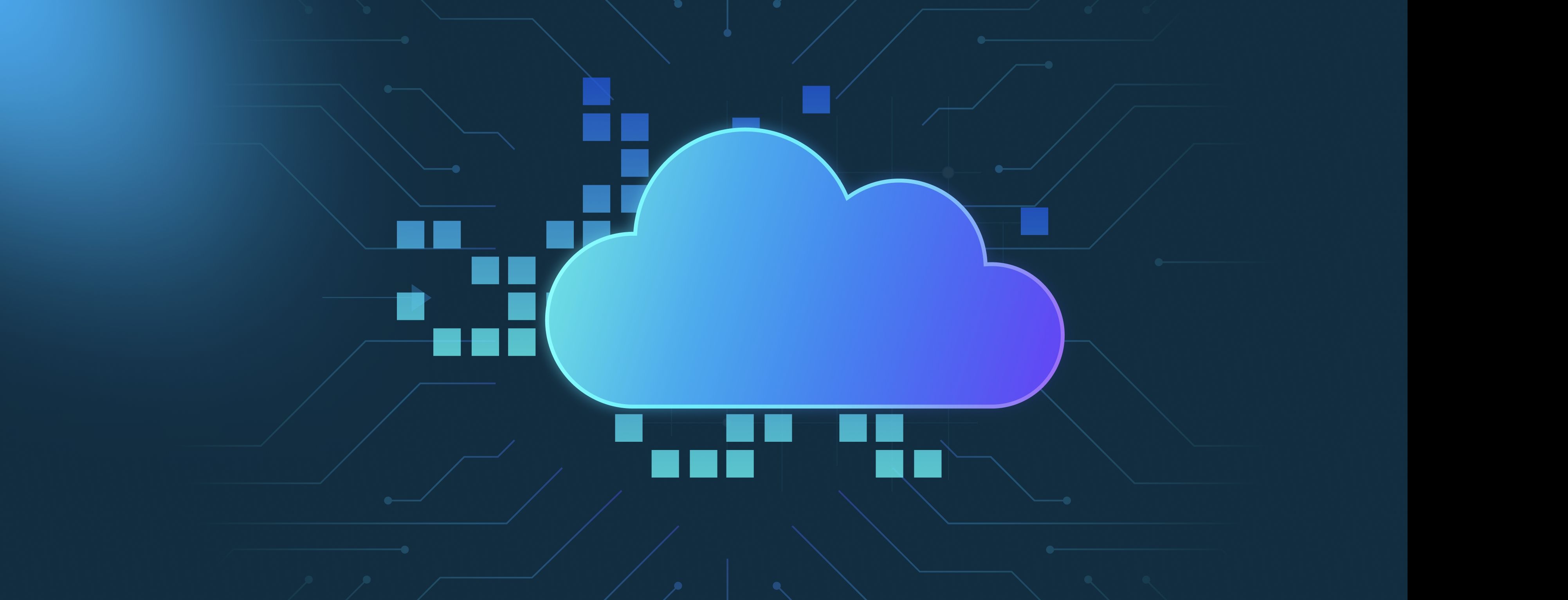Updating or retraining a customized model in AWS Bedrock with new training data involves a structured workflow to ensure the model adapts effectively to the new information. Here’s how it works:
First, prepare your updated dataset. Combine your existing training data with the new data, ensuring it’s formatted correctly (e.g., JSON, CSV) and adheres to Bedrock’s requirements. Clean the data to remove noise, duplicates, or inconsistencies. Split it into training and validation sets to evaluate performance post-retraining. Bedrock requires you to store the dataset in an S3 bucket, so upload the updated data there. If your initial model used specific configurations (like hyperparameters), document them to maintain consistency or adjust as needed for the new data.
Next, initiate the retraining process via the Bedrock console, CLI, or SDK. Select the base model (e.g., Amazon Titan) and specify the S3 path to your updated dataset. Configure training parameters such as the number of epochs, batch size, or learning rate. Bedrock will start a training job, which may take time depending on data size and complexity. Monitor the job’s progress using CloudWatch metrics or Bedrock’s dashboard. Once complete, evaluate the new model’s performance using the validation set. Compare metrics like accuracy, loss, or task-specific KPIs against the previous version to determine if the update improved results.
Finally, deploy the updated model. If performance meets expectations, replace the old model version in your application. Bedrock allows you to manage model versions, enabling rollback if issues arise. To automate continuous improvement, set up pipelines (e.g., using AWS Step Functions or Lambda) to trigger retraining when new data accumulates or performance degrades. For example, a customer support chatbot could retrain weekly with new ticket data, while a recommendation system might update daily with user interaction logs. Always test the updated model in a staging environment before full deployment to catch edge cases.
Key considerations include cost (training jobs are billed based on duration), data versioning (track changes to datasets), and monitoring for drift. If retraining the entire model is costly, explore incremental training techniques or fine-tuning only specific layers, depending on Bedrock’s supported customization options.
